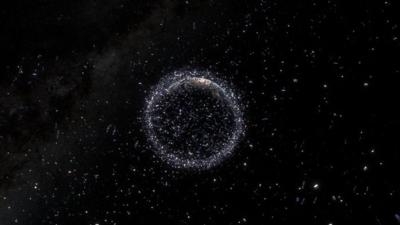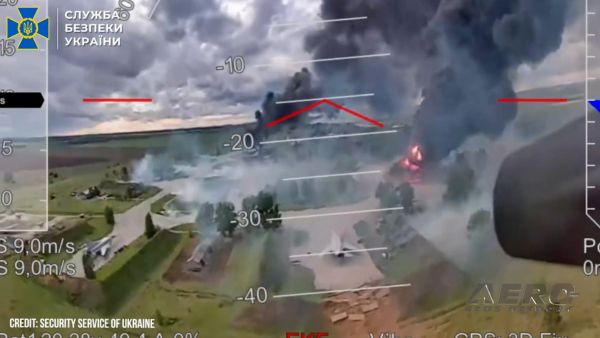Fri, Nov 26, 2021
Advertisement
More News
 ANN's Daily Aero-Linx (06.06.25)
ANN's Daily Aero-Linx (06.06.25)
Aero Linx: Society of U.S. Army Flight Surgeons (SoUSAFS) The Society of US Army Flight Surgeons (SoUSAFS) serves to advance the science and art of Aerospace Medicine and its allie>[...]
 ANN's Daily Aero-Term (06.06.25): Nonradar Approach
ANN's Daily Aero-Term (06.06.25): Nonradar Approach
Nonradar Approach Used to describe instrument approaches for which course guidance on final approach is not provided by ground-based precision or surveillance radar. Radar vectors >[...]
 Aero-News: Quote of the Day (06.06.25)
Aero-News: Quote of the Day (06.06.25)
“This is an important milestone as we work toward delivering the next generation of tactical assault and utility aircraft. I’m incredibly proud of the entire team and o>[...]
 Airborne-NextGen 06.03.25: Hermeus Quarterhorse, VFS Forum, VX4 eVTOL
Airborne-NextGen 06.03.25: Hermeus Quarterhorse, VFS Forum, VX4 eVTOL
Also: Williams International Builds Up, Marines v Drones, NBAA v Tariffs, New GAMA Members Hermeus confirmed the flight of its Quarterhorse MK 1 aircraft at the Air Force Test Cent>[...]
 Airborne 06.02.25: Isaacman UN-Nomination, 28K' Paraglider Flt, Williams Builds
Airborne 06.02.25: Isaacman UN-Nomination, 28K' Paraglider Flt, Williams Builds
Also: NBAA v Tariffs, B-29 DOC/P-51 Tour, Alberta Int’l AirShow Kaput, First D328eco Test Aircraft Jared ‘Rook’ Isaacman has been dropped, shortly before a final >[...]
blog comments powered by Disqus





